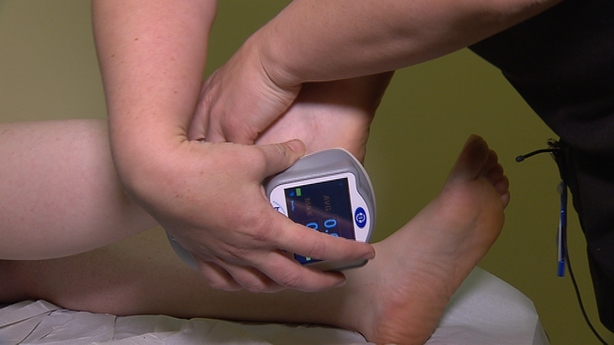The new wireless device is able to detect the pressure sores up to ten days, before they appear on the skin's surface, giving clinicians time to treat them before they become problematic.
Pressure ulcers are injuries to the skin and underlying tissue resulting from prolonged pressure on the skin, and most commonly develop on skin in bony areas of the body, like heels, ankles, hips and tailbone.

The handheld SEM Scanner, from California based Bruin Biometrics, detects increases in sub-epidermal moisture which is a biophysical marker of damaged skin.
Long-stay hospital patients who are confined to bed and people who suffer from reduced mobility, are at increased risk of developing the problem.
If left untreated they can become very painful, can lead to blood infection, and even death.
It is estimated that as well as causing great discomfort and distress to patients and their families, bedsores cost the Irish health service €250 million a year to manage.
Last year nearly one in ten serious medical events in Irish healthcare institutions was related to late-stage bedsores.
Traditionally pressure ulcers have been identified through visual inspection by care-givers, and treated using established protocols.
However, often by the time the sore is visually apparent and spotted, much damage has already been done, making it more difficult and time consuming to treat.
"The challenge with the visual assessment is that we can't see what is going on under the skin," said Professor Zena Moore, Head of School of Nursing and Midwifery at the Royal College of Surgeons in Ireland.
No comments:
Post a Comment